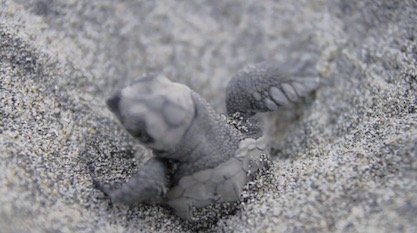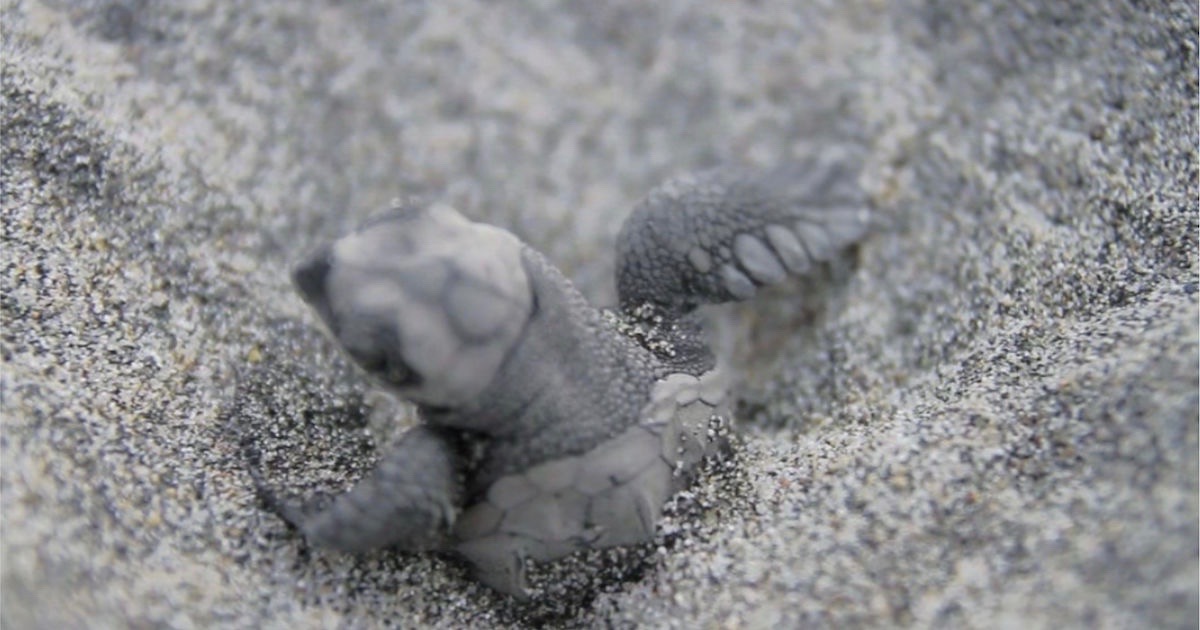 Intelligent Design
Intelligent Design
Bats, Algae, Beetles, Turtles: Cool Design Tricks from Nature


Biomimetics was a hot trend in 2017, and shows no sign of cooling with the entrance of the new year. Here are some clever technologies that have caught our eye recently.
Bats in Outer Space
Can echolocating bats see inside planets and moons? Not directly, but their technique for seeing in noisy environments can help humans do it. A paper in Nature Communications, “Solving for ambiguities in radar geophysical exploration of planetary bodies by mimicking bats echolocation,” describes what engineers want to learn from bats:
Sounders are spaceborne radars which are widely employed for geophysical exploration of celestial bodies around the solar system. They provide unique information regarding the subsurface structure and composition of planets and their moons. The acquired data are often affected by unwanted artifacts, which hinder the data interpretation conducted by geophysicists. Bats possess a remarkable ability in discriminating between a prey, such as a quick-moving insect, and unwanted clutter (e.g., foliage) by effectively employing their bio-sonar…. Striking analogies occur between the characteristics of bats sonar and the one of a radar sounder. Here we propose an adaptation of the unique bat clutter discrimination capability to radar sounding by devising a novel clutter detection model. The proposed bio-inspired strategy proves its effectiveness on Mars experimental data and paves the way for a new generation of sounders which eases the data interpretation by planetary scientists. [Emphasis added.]
So with apologies to Thomas Nagel, these scientists are answering his philosophical query “What is it like to be a bat?” by imitating them.
We hate to mention this, but the passage cite above was itself cluttered with noise that hinders its interpretation. In the ellipsis, we left out the words “[biosonar] perfected in million years of evolution.” Yet the quote loses nothing from the omission. Hmm, interesting.
Coming Soon: Algae TV?
Engineers at the Technical University of Munich envision a future of improved “battery electrodes to new screen and display technologies to applications in medicine, such as replacement bone and tissue.” To bring that hope to fruition, they are experimenting with red algae. Why? Algae are components of biofilms, which they see as potential “construction workers” for desirable materials. (Caution: more evolution noise coming.)
Biofilms are generally seen as a problem to be eradicated due to the hazards they pose for humans and materials. However, these communities of algae, fungi, or bacteria possess interesting properties both from a scientific and a technical standpoint. A team from the Technical University of Munich (TUM) describes processes from the field of biology that utilize biofilms as ‘construction workers’ to create structural templates for new materials that possess the properties of natural materials. In the past, this was only possible to a limited extent.
Whether it is wood, bone, mother of pearl, or teeth — over millions of years, these materials have been optimized via evolution according to the principle of adapted stability with the lowest possible weight. Nature has provided the blueprints for many technical developments. Examples include airplane wings, zippers, and surface sealants using a lotus effect. However, reverse engineering replicas cannot reproduce the structural complexity of the original in nature.
Without getting worked up about whether evolution is an optimizer, the article proceeds to explain why it is so challenging to imitate natural materials.
As the interface between biology and technology, bionics utilizes methods and systems found in nature to provide solutions to technical problems. When it was still limited to using natural shapes, e.g. as templates for development in the design of airplane wings or ship hulls, the problems remained manageable. However, imitating the material properties of natural construction materials is an entirely different story. This is because they are found in the inner structures, where fibers are linked to each other over several orders of magnitude and across various hierarchical levels.
The word “bionics” first appeared in 1955 as a conjunction of “biology” and “electronics,” but as this quote shows, it’s not limited to electronics. The experiments with biofilms in this story may lead to advances in electronic devices, though, as well as in materials science.
Red algae respond to light by moving toward it, dropping little sugar molecules along their path. The technicians worked on ways to steer the algae into structural arrangements. “By projecting light patterns which change over time into the growing medium of the algae, the researchers use them to create long, fine polymer threads, which serve as custom templates for the manufacture of functional ceramics.” It’s a first step in constructing materials that can function at multiple levels of design.
A Different Kind of Flagellum
Consider the cassidine beetle. It has a penetrating organ for copulation called a flagellum (we’ll leave it at that). What fascinated a German team publishing in Science Advances was how this long, soft “intromittent organ” can reach its target without buckling or rupturing. It’s just one example of a class of elongated organs in insects that do all kinds of things:
Hyper-elongated structures and their penetration are widespread among insects, for example, intromittent organs, ovipositors, and piercing-sucking mouthparts. The penetration of thin structures with high aspect ratio without buckling and rupturing is mechanically very challenging. However, this problem is economically solved in nature, and the solutions might be helpful for, for example, in the development of harmless catheters. We focus on the penetration process of a hyper-elongated structure of a cassidine beetle intromittent organ, termed a flagellum. We applied a three-point bending test for the flagellum to measure its bending stiffness along the entire flagellum. We demonstrated the bending stiffness gradient, in which the basal half is relatively stiff and the apical half is softer, whose good performance during copulation had been previously numerically demonstrated. The stiffness gradient is the result of the flagellum shape, which is cylindrical and tapered toward the tip. Moreover, the curved tip comprises a harder outer curve and a softer inner curve…. Our study shows that the apparently simple flagellum penetration is achieved with numerous elaborate mechanical adaptations.
To understand the beetle flagellum (orders of magnitude larger than the bacterial flagellum), they took of a series of electron micrographs. It’s one of many examples of penetrating organs in nature, including in mammals, that need to perform their function without buckling (again, we’ll leave it at that, although they get a little graphic in this open-access paper for the curious). This preliminary study, however, may promise relief for medical patients who would like to be able to use catheters with less pain.
This paper concludes that the experimental and theoretical works on biomechanics of insertion of elongated structures have just started, and we expect more comparative data in the near future. This will be essential for the further understanding of this fascinating biomechanical system that is highly important not only for evolutionary biology but also for the future development of medical devices.
Turtles on the Treadmill
This last science project is not a tortoise-vs-hare experiment, but brings to mind a cute episode in Illustra Media’s film Living Waters: the race of sea turtle hatchlings from nest to ocean. National Geographic posted a photo of scientists at Florida Atlantic University experimenting with sea turtle hatchlings on a treadmill.
In this case, they were more interested in conservation than biomimetics. They wanted to see how much endurance the baby turtles have when they get distracted by city lights. Light pollution can make the babies drift off course, spending more time exposed to predators. When they finally reach the ocean, are they exhausted? Do they still have strength to swim for miles? How tough are they? The surprising answer was, “They are resilient. They still had the ability to swim.”
Previous studies had shown that the hatchlings have a remarkably efficient method of moving across the beach sand. A few years ago, Georgia Tech was so inspired by their locomotion that they tried to imitate it with “FlipperBot” — a device that mimics the action. This information “could give robot designers clues to appendage designs and control techniques for robots moving in these environments,” they said. Amazingly, the flippers on sea turtles work equally well on sand and in the water. Try building a robot that can do that!
Photo: Sea turtle hatchling, from Living Waters, courtesy of Illustra Media.
